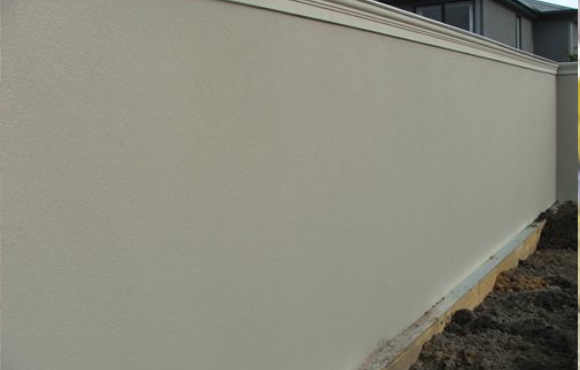5 Simple Techniques For make safe
5 Simple Techniques For make safe
Blog Article
John Liardet. A similar product or service was patented in 1777 by John Johnson. Greatly employed by the architect Robert Adam who in turn commissioned George Jackson to supply reverse-Lower boxwood moulds (most of which to Adam types). Jackson fashioned an impartial enterprise which continue to right now generates composition pressings and retains a really big boxwood mould selection.
It's obtained by applying a skinny layer of plaster and smoothing it out with a trowel. A clean end is frequently used for painting or wallpapering, as it provides a clean up and uniform surface area.
To skim a wall, be sure to adhere to the method over, but with a single alter: hold out all over 15 minutes for that plaster to dry a little bit. Once It really is willing to go, easy the surface area down, Keeping the plaster trowel at a slight angle, utilizing backward and forward motions.
Pour h2o in the ring to some depth of an inch or maybe more, then ladle in the mound of plaster, utilizing a cup or other practical receptacle. The quantity of plaster and lime must be approximately equal.
When the bottom is amount, arrange the blocks into a rectangular form. You’ll have seen strains wherever the blocks butt alongside one another on two sides.
The lime is blended 1st inside of a bucket: pour in the water, insert the plaster, and mix, preferably using a 50 percent-inch drill and mixing little bit. The lime ought to have the regularity of hefty product.
The 2nd coat can be a slightly weaker blend five/1/1, or the same as the base coat with perhaps a drinking water- proofer in the combination extra to the h2o to reduce efflorescence (rising of salts). Some plasterers used lime putty in next coat as opposed to dehydrated lime within the render. The mortar is placed on about 5 mm thick and in the event the render hardens is screeded off straight. A Wooden float or plastic float is utilized to rub down the walls. Traditionally, drinking water is splashed on walls using a coarse horsehair plasterers brush followed by immediately rubbing the float in a circular or figure eight movement Whilst a determine of eight can leave marks. Many modern day plasterers use a hose which has a Distinctive nozzle using a great mist spray to dampen walls when rubbing up (using a wood float to convey a consistent finish). Utilizing a hose provides a exceptional finish and is much more constant in colour as There may be extra likelihood in catching the render right before it's got a chance to harden an excessive amount of. Once the work region is floated, the surface area is concluded which has a soaked sponge utilizing the exact system as floating using a wood float, bringing sand for the area to provide a sleek dependable finish.
You could skim on regular wallboard, as well, but you need to utilize a bonding agent very first. This can be put on using a roller, and is on the market at most creating offer stores.
Plaster is usually used in numerous levels, with Every single layer allowed to dry and harden before the following layer is additional.
When the previously painted wall is in very good problem, then Indeed, it is feasible. Nonetheless, this method might require you to definitely wire-brush the area with detergent and after that follow up using a bonding item. To determine what your wall may possibly (or may not) call for we suggest tests out a small area to be sure.
Also In the event the drinking water hose just isn't insurance make safe totally drained right before leaving it could freeze about evening and become absolutely stopped up each morning. Textured[edit]
Wall screeds are plumbed and ceiling screeds leveled. Screeds are slender strips of plastering, meticulously plumbed and leveled, in order to variety a guide on which the floating rule is operate, thus securing a superbly horizontal or vertical surface area, or, in the situation of circular do the job, a uniform curve.
As you develop the consistency, be aware which the components really should be paying homage to a thick and smooth custard.
In the 14th century, ornamental plasterwork identified as pargeting was getting used in South-East England to embellish the exterior of timber-framed structures. This is the form of incised, moulded or modelled ornament, executed in lime putty or mixtures of lime and gypsum plaster.
